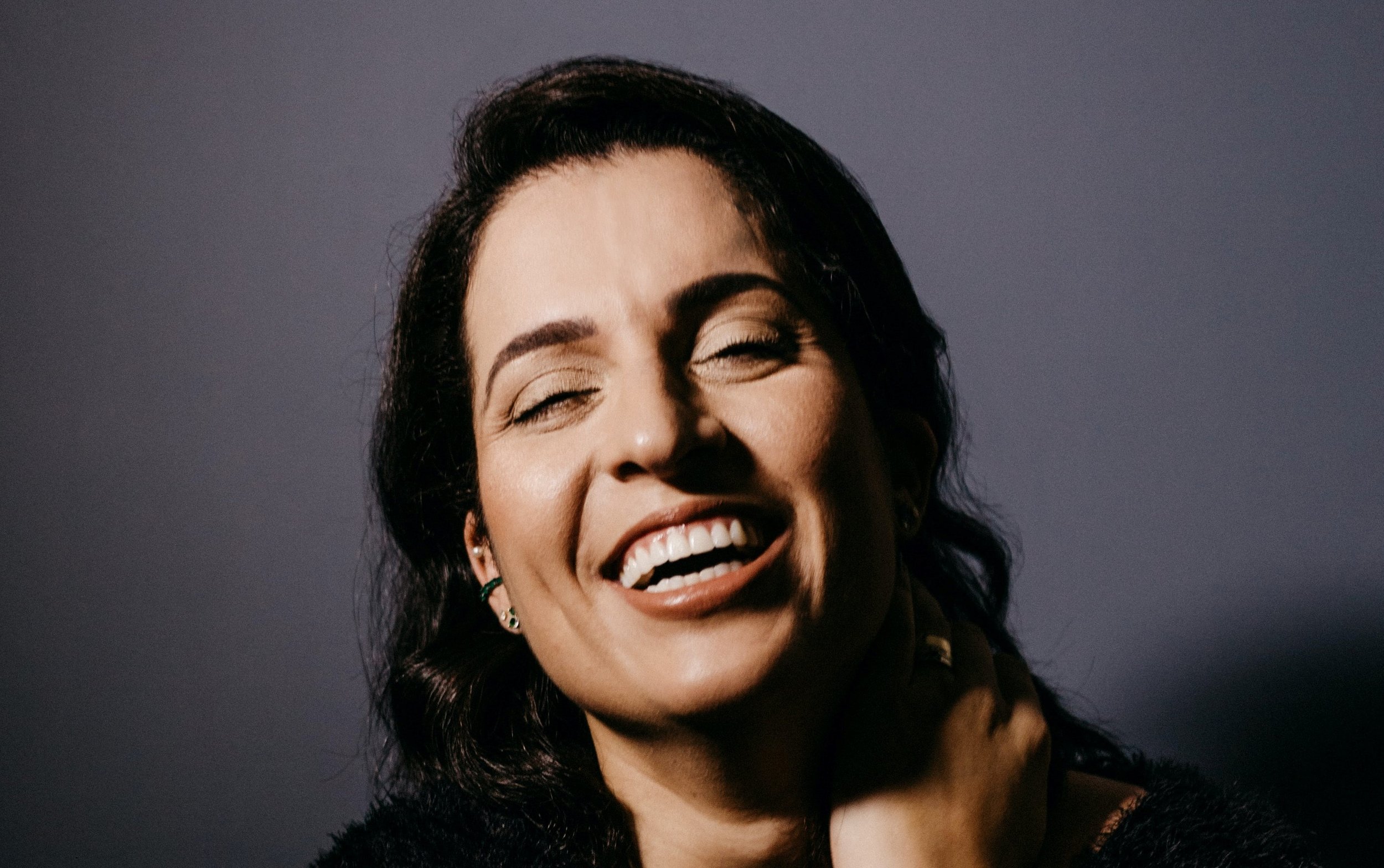
Facelift in Denver, CO
Age-Defying Results
The natural aging process, gravity, and excess sun exposure all lead to the gradual development of wrinkles and sagging skin. A facelift procedure can address all of these concerns by lifting and tightening the skin to smooth mild to moderate wrinkles and address hollowed cheeks or age-related volume loss. During surgery, excess skin will be removed, the facial tissues will be tightened, and the remaining skin is carefully pulled back to refresh your youthful appearance.
Dr. Emily Misch is a leading facelift surgeon in Denver who specializes in several types of facelift procedures, including the traditional facelift, mini facelift, and deep plane facelift. The degree of facial aging and treatment goals that each patient has will be used to determine which of these facial rejuvenation procedures is best.

Who is a facelift candidate?
The best candidates for a facelift are those who are bothered by noticeable signs of aging. Most facelift patients are in their 40s-70s, but there is no "right" age since everyone ages differently. Dr. Misch has performed facelift procedures on younger patients who want to combat early signs of aging and maintain their youthful look.
Patients should be non-smokers in overall good health with no underlying medical conditions. Patients who are not good candidates for facial cosmetic surgery can consider non-surgical facial procedures like dermal fillers or laser skin resurfacing.
What are the benefits of a facelift?
A facelift can address many signs of aging in the mid-lower face, including wrinkles, deep nasolabial folds, jowling, hollow cheeks, and loss of definition along the jawline. Dr. Misch uses innovative techniques to ensure natural results, avoiding a stretched or pulled back appearance.
Most facelifts are combined with a neck lift for maximum rejuvenation and a more harmonious result Results are long-lasting, with most patients waiting at least 10 years for additional touch ups, if they ever undergo them at all!
What is facelift recovery like?
Facelift patients will return to our office the day after surgery so that Dr. Misch can remove their bandages and dressings. Stitches will be removed after 7-10 days. Mild to moderate swelling and bruising is common but will improve significantly within the first two weeks of recovery. Pain medication and cold compresses should be used to limit swelling and discomfort. After two weeks, patients can return to work and most daily activities but strenuous exercise should be avoided for about six weeks. Swelling will continue to reduce with final results typically being seen after six months.
Our office is always available to answer questions and address concerns so that you can recover comfortably and safely.

Why choose Dr. Misch for your facelift?
Dr. Misch has trained with Dr. Andrew Jacono, a world-renowned facelift expert. She has performed hundreds of facelift procedures using the latest advancements in facelift techniques and continuously strives to provide safe treatment and the best-possible results. Her goal is to provide natural-looking results that enhance each patient's unique facial features. Patients can rely on Dr. Misch for compassionate care and expert knowledge during their facelift surgery in Denver, CO.

Look and feel better, younger, refreshed. Improved.
Schedule a ConsultationWhen we feel confident, the people around us notice. Through an individualized, tailor made treatment plan, Dr. Misch can help you feel more self assured.
Facelift FAQs
-
To start, no one NEEDS a facelift! It simply depends on what your goals are.
For younger patients with minimal skin laxity, less invasive procedures like neuromodulators, filler, laser, and radiofrequency microneedling may give them the results they desire.
Once skin has lost its elasticity and has become loose, results from less invasive procedures become fairly minimal and it is likely time to consider a facelift.
-
Incisions in a facelift are placed within the curves of the ear and along the hairline.
By tightening the underlying structures of the face, no tension is placed on the skin in a facelift, allowing the incisions to heal nearly imperceptibly.
-
Most herbal supplements should be stopped 2 weeks prior to surgery. Any blood thinner or aspirin will also need to be stopped. You should avoid taking NSAIDs for 7 days prior to surgery.
Supplements like arnica, bromelain, vitamin C, and zinc may be taken prior to surgery, as these can help reduce bruising and swelling.
Dr. Misch will personally review your medication list prior to surgery and discuss what to and not to take with you directly.
-
In most instances, Dr. Misch places 2 drains, one on each side of the neck, after facelift surgery. These are removed anywhere from 1-5 days after surgery. Drains are not painful and they significantly help reduce swelling and bruising after surgery.
-
Yes! As we age, our face and neck tissue begins to sag. This creates a fallen midface, jowls, and a loose neck. The shape of our face appears more square, as compared to the heart shaped face of youth. A facelift repositions your fallen tissues, lifting them back to their prior location, and restoring the heart shaped face of youth.
-
You can begin walking the day after surgery. Higher intensity exercises like weight lifting and aerobics can be restarted after 2 weeks.
-
In general, living a healthy lifestyle is the best way to prepare for a facelift. Your diet should be filled with high nutrient, high protein foods; you should obtain ample sleep; you should stay physically active; you should limit your alcohol intake; and you should not smoke cigarettes. If you do smoke cigarettes, it is important to quit at least a month prior to surgery.
More specifically, there are certain medications that must be stopped prior to surgery. Medications like NSAIDs and aspirin should be stopped at least 2 weeks prior to surgery. Additionally, many supplements, such as Vitamin E, gingko biloba, St. John’s Wort, and others, also need to be stopped prior to surgery. Your surgeon should review your medication and supplement list and instruct you on which medications to hold prior to surgery.
There are some supplements that can be helpful to take prior to surgery. These include Arnica, Bromelaine, Vitamin C, and Vitamin D. Speak with your surgeon directly about these supplements.
-
Results from a deep plane facelift can be expected to last around 10-15 years. A facelift does not stop the aging process. Your skin and tissues will continue to age, but they will be reset to a more youthful starting position.
-
In general, patients do not find facelifts particularly painful. Narcotic medication is often prescribed, but patients typically do not use many narcotic pain pills after surgery. The biggest complaint after facelift is mild discomfort that arises from the tightness patients feel in the face and neck. This typically resolves over the first couple of weeks.
-
The best age for a facelift is when you are emotionally and financially ready for an elective cosmetic surgery and have enough tissue laxity to merit the procedure. As long as you are in good general health, you may benefit from a facelift at any age! There is no minimum or maximum age, nor true “best” age for a facelift.
-
A deep plane facelift elevates a deeper layer of the face, called the SMAS, and releases it from facial ligaments. This allows for full mobilization of the face- which provides a dramatic, yet natural result.
In a SMAS facelift, some amount of the SMAS layer is also elevated, but typically the SMAS is not released from the facial ligaments. As a result, the face is not able to be repositioned as easily. This can result in less dramatic results or pulling on the skin, which can cause scarring and an unnatural “pulled’ appearance.
-
The acute recovery from the surgery lasts about 2 weeks. After 2 weeks, all sutures will be removed and you can start exercising. However, you should still expect to have swelling and even some residual bruising at this time. By around 4 weeks, most patients’ swelling has gone down enough that they are comfortable going out in public and to events. Final results are not seen until 6-12 months after surgery!

